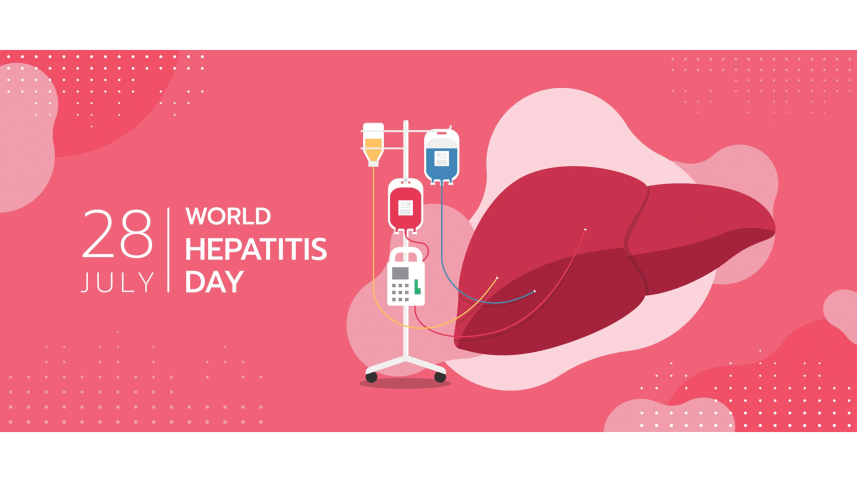Prioritising liver health: eliminating hepatitis for a healthier future

Your liver silently performs over 500 vital functions every single day to keep you alive. But viral hepatitis infection is also silent, with symptoms only appearing once the disease is advanced. Although there are many different types of hepatitis viruses (A to E), hepatitis B and C are the most concerning and cause nearly 8,000 new infections every day, which are mostly going undetected.
Every year, World Hepatitis Day is celebrated on July 28 to create awareness on this issue and this year the theme was 'One life, one liver'
We have only got one life, and we have only got one liver. Hepatitis can devastate both. Knowing our hepatitis status and seeking treatment, reducing alcohol, achieving a healthy weight, treating hypertension, and managing diabetes are keys to a healthy liver.
Viral hepatitis still kills over a million people every year. Combined, hepatitis B and hepatitis C globally cause 1.1 million deaths and 3 million new infections every year. 350 million people are living with a chronic viral hepatitis infection. 3,000 people die from hepatitis every day. That is one hepatitis death every thirty seconds. Over 8,000 new hepatitis B and C infections occur each day. That is over five infections per minute. If the current trajectory continues, viral hepatitis will kill more people annually than malaria, tuberculosis, and HIV/AIDS combined by 2040.
Globally, there are a huge number of undiagnosed and untreated people living with hepatitis. This must change.
Hepatitis infection is silent, and liver health awareness is low. Most symptoms only appear once the disease is advanced, resulting in a huge number of undiagnosed people living with hepatitis. Even when hepatitis is diagnosed, the number of people who go on to receive treatment is incredibly low.
Only 10% of people with chronic hepatitis B are diagnosed. Only 22% of those receive treatment; that is just 2% of the total global health burden. Only 21% of people with hepatitis C are diagnosed. 62% of those diagnosed receive treatment to cure them—just 13% of the total global health burden.4. So many hepatitis infections and deaths can be prevented.
Offering easy-to-navigate services at local health facilities is key to successfully ending hepatitis.
To eliminate hepatitis, simplified primary care services for viral hepatitis should ensure that all pregnant women living with chronic hepatitis B have access to treatment, and their infants have access to hepatitis B birth vaccines to prevent infection. 90% of people living with hepatitis B and/or hepatitis C are diagnosed. 80% of diagnosed people are cured or treated according to the newer, expanded eligibility criteria.
Hepatitis C can be prevented by adequately screening all donated blood and ensuring safe injection practises in health care settings, at home, and especially among people who inject drugs. With COVID-19 no longer a global health emergency, now is the time to eliminate viral hepatitis and meet our targets.
COVID-19 has slowed the progress of the global hepatitis response in recent years. However, continued success in reducing hepatitis B infections in children proves that progress is possible.
The reduction of hepatitis B infections in children by effective vaccination practise is one of the few Sustainable Development Goals (SDG) health targets that is on track.
Giving more hepatitis B vaccines at birth is urgently needed to meet the SDG target of preventing mother-to-child transmission.



 For all latest news, follow The Daily Star's Google News channel.
For all latest news, follow The Daily Star's Google News channel.
Comments